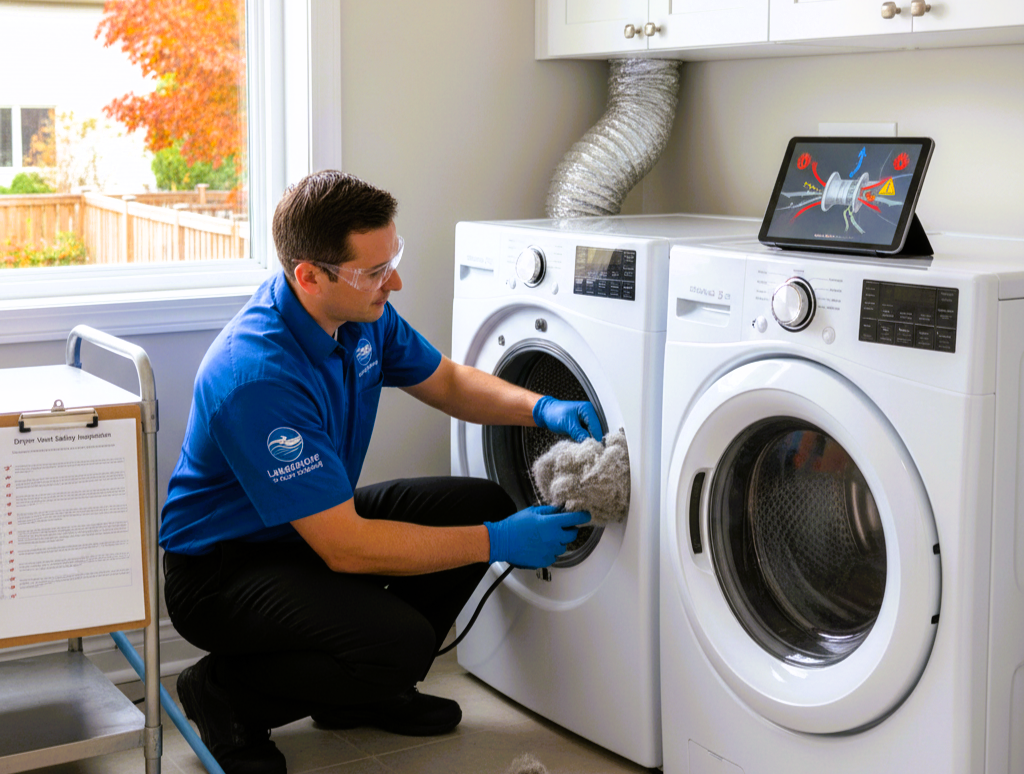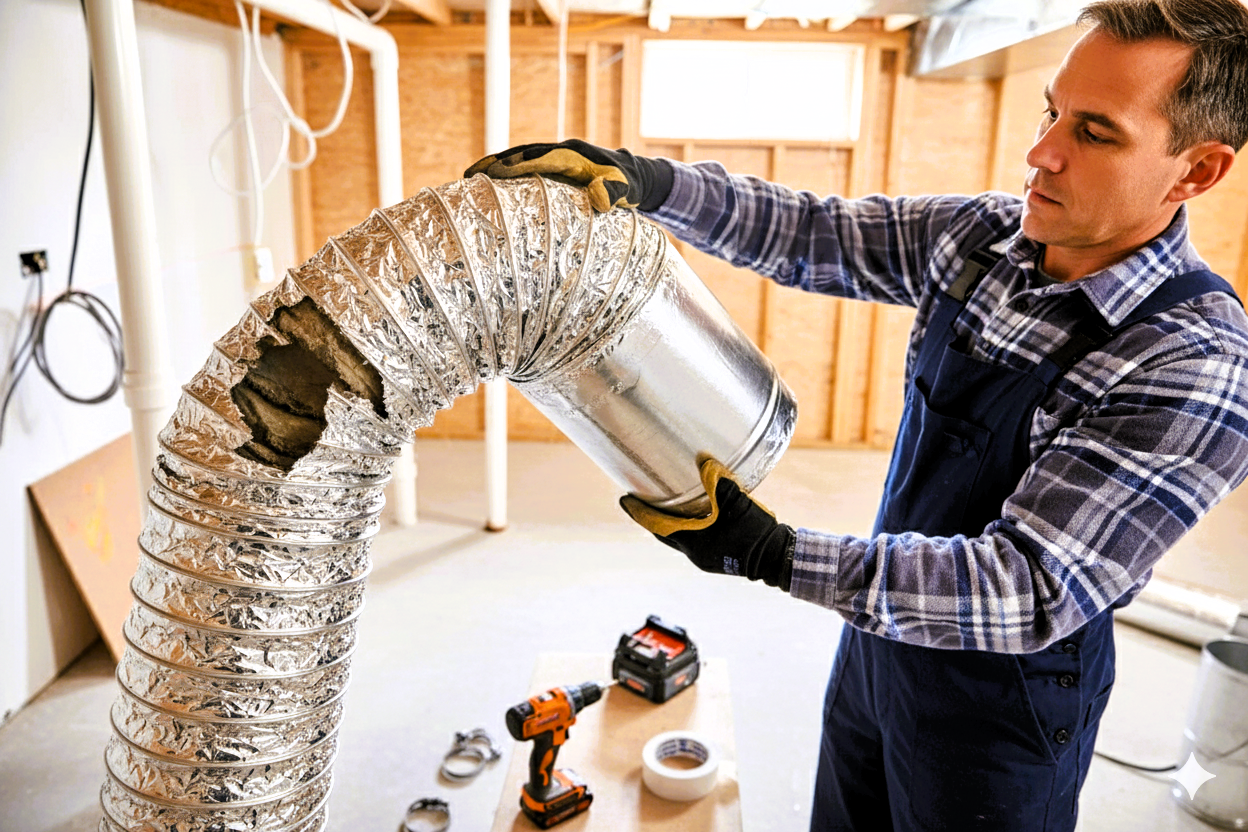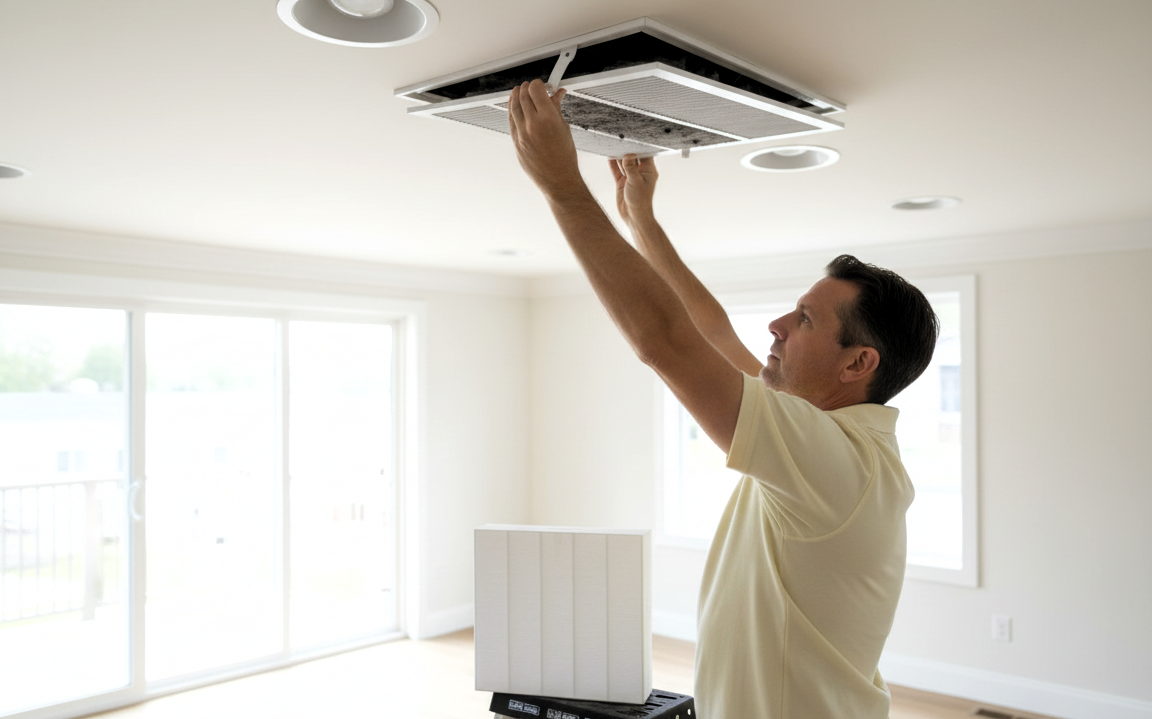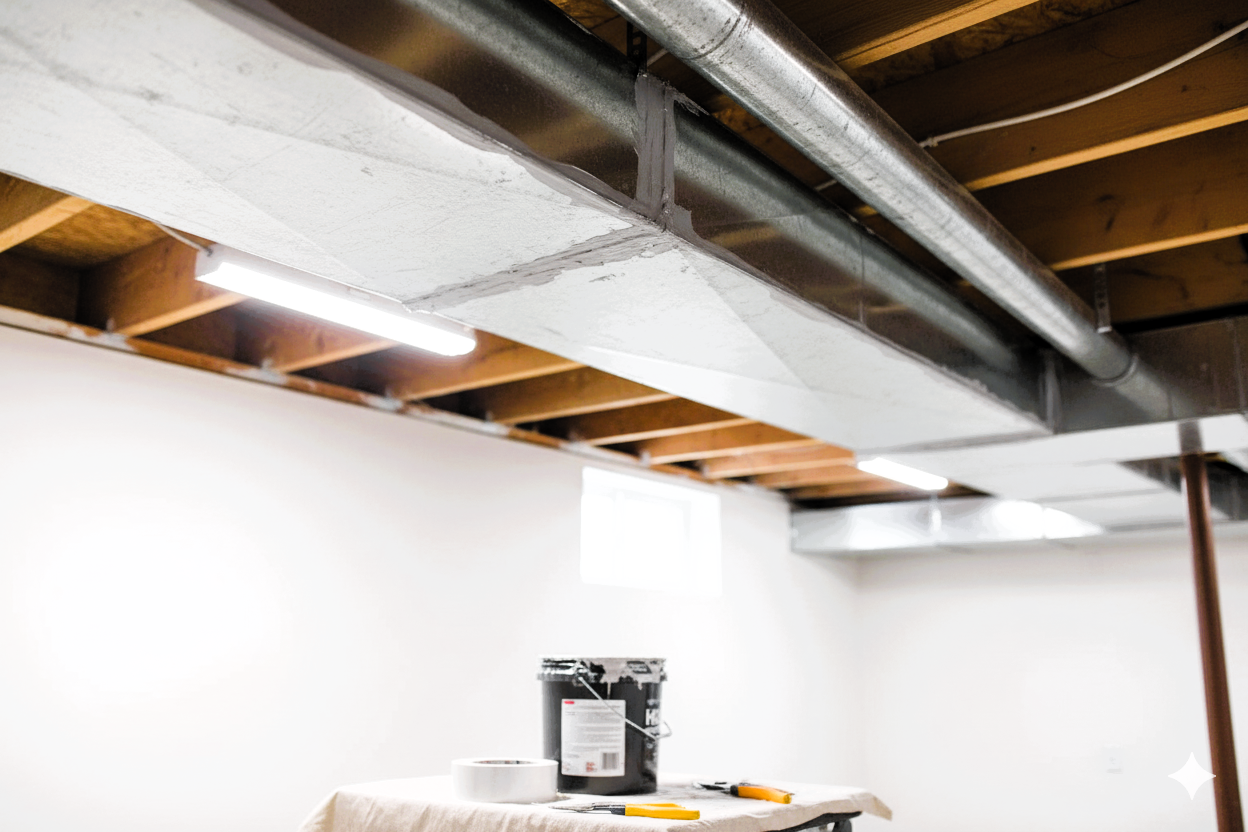The Hidden Dangers of Clogged Dryer Vents and How to Prevent Them
Why ignoring your dryer vent could cost you more than just higher energy bills
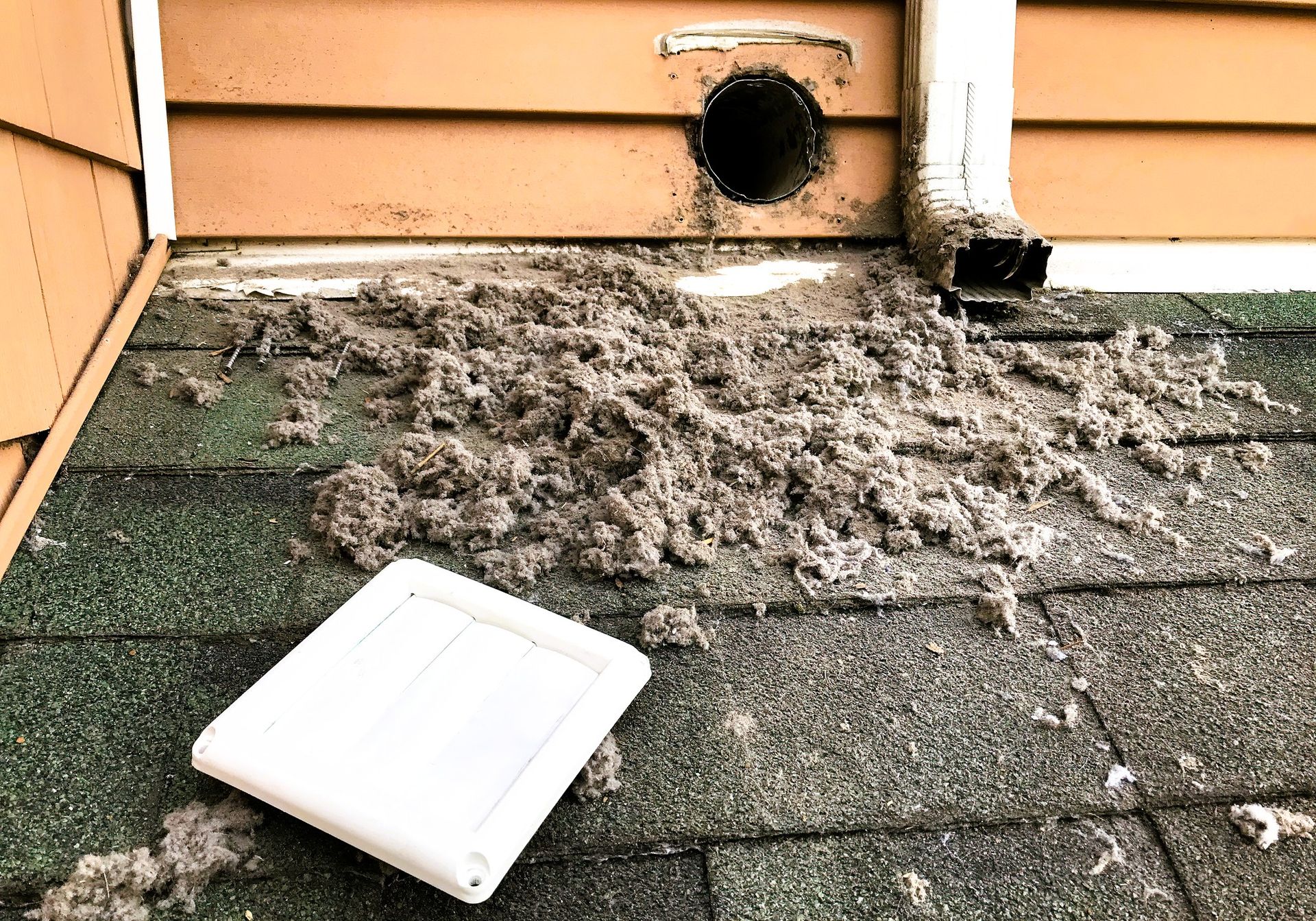
For many homeowners, the dryer is a dependable part of daily life. Throw in some clothes, hit start, and move on. But there’s one step a lot of us forget about, and it could be putting your home—and your family—in danger: cleaning your dryer vent.
Believe it or not, that metal tube connecting your dryer to the outside of your home can turn into a major fire hazard if you don’t take care of it. The good news? With a bit of know-how and some routine care, you can keep your home safe and your dryer running smoothly without a hitch.
Let’s dive into why dryer vents are so important, what can go wrong if they’re ignored, and how you can avoid any issues with a few simple steps.
What Makes a Clogged Dryer Vent So Dangerous?
1. Potential Fire Hazards
Dryers get hot, and lint happens to be super flammable—a risky combo. Did you know that a clogged dryer vent can actually cause a fire? When lint builds up and blocks airflow, all that trapped heat can become dangerous. In fact, nearly 3,000 home fires in the U.S. each year start this way, according to the National Fire Protection Association. It’s a small issue that can lead to a serious disaster if left unchecked!
2. Carbon Monoxide Risks (Especially with Gas Dryers)
If you’re using a gas dryer, the risks are even greater. A clogged vent doesn’t just stop hot air from escaping—it can also trap carbon monoxide inside your home. Carbon monoxide is invisible and odorless, making it a silent threat that can creep in unnoticed and put your family at risk.
3. Increased Energy Costs
If your dryer is taking ages to dry your clothes, the problem might not actually be the dryer. Clogged vents can make it work twice as hard, wasting extra electricity or gas in the process. That’s your hard-earned money being blown out the vent!
4. Wear and Tear on Your Dryer
When your dryer has to work overtime just to get the job done, it’s not going to stick around for the long haul. Overheating and those never-ending cycles can take a serious toll on the internal parts, leading to more breakdowns—or even forcing you to replace the whole thing sooner than you’d like.
5. Unwanted Guests
You might not realize it, but a blocked dryer vent can actually invite unwanted guests. Birds, rodents, and bugs are drawn to the warm, cozy space a clogged vent provides. Once they move in, they can create even bigger problems, turning a simple maintenance task into a full-blown pest issue.
Easy Tips to Keep Your Dryer Vent Clean and Safe
Don't Forget to Clear the Lint Trap
Welcome to Dryer Basics! After each load, pull out the lint screen and clear it off. It only takes a few seconds and is your first line of defense against buildup.
Schedule a Yearly Vent Checkup and Deep Clean
Make it a habit to inspect your dryer vent annually to ensure it's free from blockages. You can use a vacuum or a vent brush kit to clean out lint, especially from accessible areas. For dryers in hard-to-reach places or with extended vent lines, bringing in a professional is a smart move.
Upgrade to a Rigid Metal Duct
If your dryer is connected with a flexible foil or plastic duct, consider switching to a rigid metal one. Rigid ducts are smoother, safer, and far less likely to collect lint.
Check Your Exterior Vent
Step outside and make sure the flap covering your dryer vent opens properly when the dryer’s running—and that it’s free of nests, leaves, or other debris. A blocked vent outlet is a common problem, especially in homes with a lot of yard debris or landscaping.
Keep the Laundry Room Clean
Dust, pet hair, and lint can collect around and behind the dryer. Make it a habit to vacuum or sweep the area to prevent debris from entering the vent system.
Signs You Might Have a Clogged Dryer Vent
Not sure if your vent needs cleaning? Here are a few red flags:
- Clothes take longer than usual to dry
- The dryer feels unusually hot to the touch
- There’s a burning smell when the dryer runs
- You see lint gathering around the vent opening or on clothes
- The laundry room feels humid or stuffy after drying a load
If any of these sound familiar, your vent probably needs attention—and soon.
Thinking of Cleaning It Yourself?
It’s totally possible to clean your dryer vent on your own, especially if it’s short and easy to access. Here’s a handy guide to get you started:
- Disconnect the dryer from its power source (and shut off the gas supply if it’s a gas model).
- Move the dryer away from the wall and detach the vent hose.
- Clear out lint from the hose and wall opening using a specialized vent cleaning brush or a vacuum cleaner.
- Check and clean the exterior vent.
- Reconnect everything and do a quick airflow test.
If that sounds like more than you want to tackle—or your vent runs through the walls or ceiling—it’s smart to hire a professional.
Knowing When to Call the Experts
You should definitely call a dryer vent cleaning service if:
- Your vent line is long or has lots of bends
- You’ve noticed persistent drying issues
- You want peace of mind about carbon monoxide safety
- You haven’t cleaned your vent in over a year
Keep Your Home Safe—Let Us Help
Cleaning your dryer vent might not top your priority list, but it’s a crucial step in maintaining your home and ensuring safety. A clogged vent doesn’t just mean longer drying times—it can also drive up energy bills and even pose a fire risk. It’s one of those “small things” that can make a big difference.
Don’t wait for damp clothes or a scary carbon monoxide issue to remind you it’s time. Schedule regular cleanings with a trusted professional. At Lakeshore Air Duct Cleaning, we’re here to help. Homeowners across the area count on us for quick, thorough, and friendly service. Your safety is our priority.
Give us a call today and let’s make sure your dryer is running smoothly—and safely!

